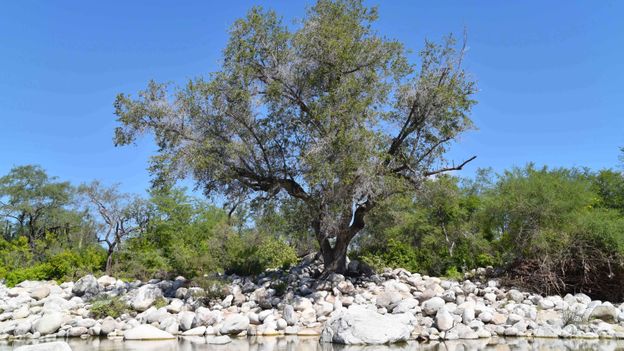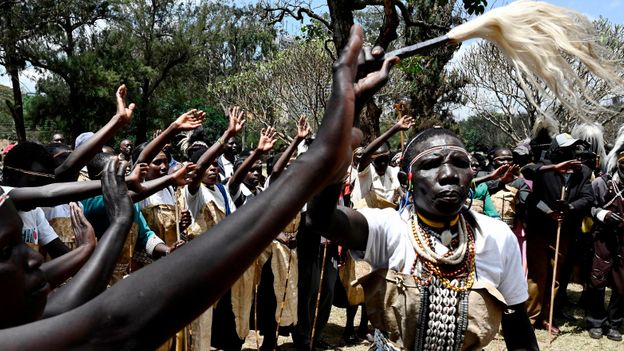They include particles, nitrogen oxides and sulphates, but their largest climate component is through the production of contrails, which in some conditions can spread out and persist over long periods of time, says Marc Stettler, a lecturer on transport and the environment at Imperial College London. “Essentially these contrails can alter the balance of radiation entering and leaving the Earth,” says Stettler.
But not all flights create contrails to the same extent: they form largely in humid and cold atmospheric conditions. A 2020 study modelling the Japanese airspace co-authored by Stettler found that just 2% of flights contributed to 80% of the contrail warming effect.
The study showed for the first time just how few flights make more contrails, says Stettler, and indicates that relatively simple changes to altitude to these few flights could vastly reduce this climate impact. “That’s something that we think that could be done easily within the next decade.”
An ongoing trial by the EU’s aviation authority, Eurocontrol and the German Aerospace Institute is already testing the feasibility of avoiding contrails using operational methods. “I can envisage some future where in the flight planning process of deciding exactly what the route should be, it accounts for fuel consumption, as it does already today, but it also accounts for the potential to form contrails,” says Stettler.
It’s worth noting that, even in a case where all kerosene is replaced with SAFs, contrails will still be a climate issue for planes.
Policy measures
The above measures can go some way to reducing the climate impact per flight, but industry roadmaps tend to show aviation emissions in 2030 as higher than 2019 levels even including these measures due to the expected growth in overall flights.
“Fundamentally, we have to face the fact that up until 2030, there are only a very limited number of options to cut aviation emissions,” says Dardenne.
Stronger policies could push a larger dent in emissions in the next decade. So far, the major global policy to address aviation emissions has been an offsetting scheme developed by the UN aviation agency ICAO. However, the scheme has long been slammed as inadequate by campaigners, who criticise its failure to incentivise airlines to cut their own emissions by instead allowing them to buy cheap offsets, and only for only applying to emissions above 2019 and 2020 levels. Last year the body changed this joint baseline year to 2019 due to the collapse of international air traffic in 2020. Since the scheme only promised to offset emissions above the baseline year, this means even offsetting will be non-existent until flight levels return to above 2019 levels.












